Language Controversies in 19th Century Bengal
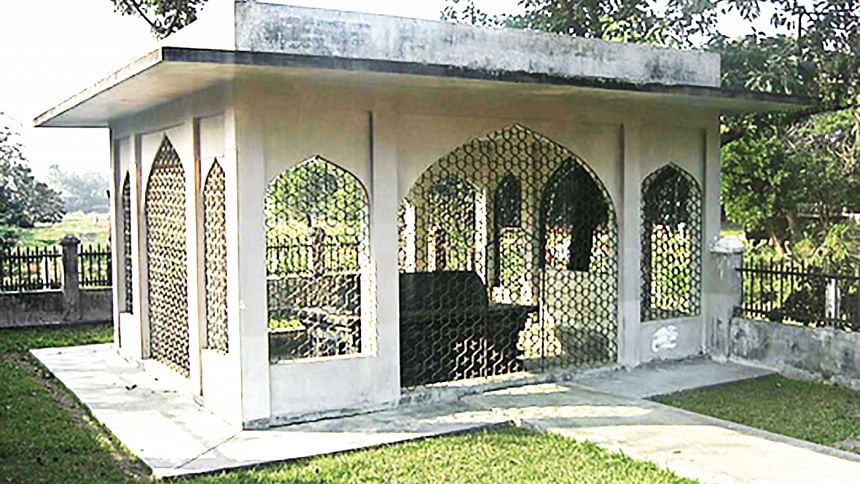
The very fact that a language identifies and defines a specific human group often leads to controversies and conflicts. Everyone knows that a group's relation with another may vary from the concordant to the combative, so their respective languages may sometimes become bones of contention, apart from being one of its instruments. However, we will not deal here much with the instrumental aspect, but focus on it as an object or source of discord. Our time-span is also restricted to a single century, though we may have to refer back and forth to others, as these issues are somewhat persistent.
The presence and use of more than one language in a society often gives rise to such controversies, as they have to be organized in a hierarchy for various administrative reasons, with one language being given a more important role than another. This brings them into a dominant-dominated relationship, from which various kinds of frictions result.
For us, the following are the notable controversies involving language that Bengal had to tackle in our chosen century, for better or worse. We will not follow a strict chronology but throw a date or two here and there so that a rough idea of their duration is available.
Bangla and Urdu: An old controversy, with several incarnations
This particular controversy dates back to much earlier times than the Pakistan period of Bangladesh, as one may not be too surprised to know. It concerned the literary language, which for some centuries was only poetic. As early as the fifteenth century, we find a sense of irresolution in most of the Muslim Bengali poets about writing in the Bangla script, which they (wrongly) believed came from Sanskrit, which they termed Hinduyani akshar. Syed Sultan, the author of Nabi-bangsha (1584), was one such author. An Islamic religious stricture was on the script. Without going deep into the story, we can briefly say that the controversy raged for decades, but Abdul Hakim (1620-1690) in the next century knocked the embargo finally down by writing his famous lines of Noor-Nama, whose angry arguments we give in our meek and passionless translation: "Those who hate the language and knowledge of the country should better leave it and go to a foreign land."
It is interesting to note that, at about the same time, the Bengali Brahmins also had the same kind of aversion to the Bangla language and script, as they would not allow Sanskrit puranas to be translated into Bengali. "Do that and rot in the Raurava hell for eleven thousand years!" they threatened. So Hindu Bengali authors, who were as keen to translate into or write in Bengali, took resort to two kinds of sly tricks. One, adopted by Maladhar Basu, the first translator of the Bhagabata, was to naively ask how the ordinary people, who do not know Sanskrit, can read Bhagabata and get deliverance. The other dodge was to say that the gods or goddesses themselves had ordered them, appearing physically before them or in their dreams. It was difficult for the Brahmins to challenge such claims, so the authors and translators went on having their way. And Bengali literature continued to flourish in the hands of both Muslim and Hindu poets.
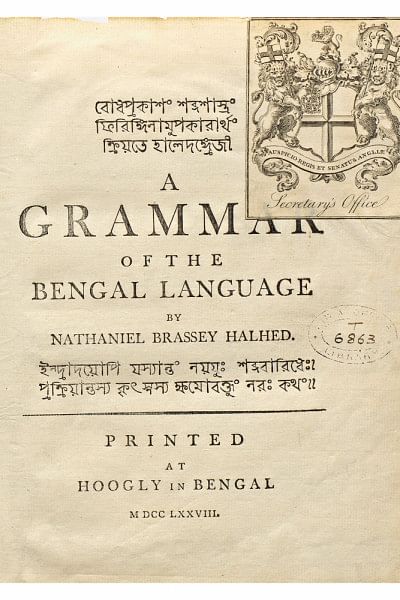
Literary historians have noted that it was the Muslim rulers of Bengal like Hossein Shah, who had primarily encouraged poets to write in Bangla, by supporting them with grants and rewards. They loved to hear the fantastic stories found in Hindu epics and puranas. This controversy was reborn in the middle of the Twentieth Century in East Pakistan, but it is beyond our scope, as well as unnecessary for us to go into that. The birth of Bangladesh has written the story in blazing details for the entire world to read and never forget.
As we said, this controversy had continued through the Nineteenth Century, with at least two side narratives. One was related to the haughty mindset of the so-called Ashraf Muslims, who boasted and believed themselves to be the descendants and associates of the earlier Afghan or Mughal rulers. They, as is well-known, preferred to declare Urdu as their mother tongue and believed Bangla to be an inferior, coarse, as well as effeminate language since it was the language of a subject race. This supercilious attitude of the so-called Ashrafs agitated the Bengali Muslim society even in the Nineteenth Century. Nawab Abdul Latif had made a representation to the Education Commission (Hunter Commission) of 1882 that the instructional language of the aristocratic Muslims of his class should be Urdu, while that of the ordinary Muslims should be Bengali with a profusion of Arabic and Persian words. This differential language deal spilled over to the next century. The advent of Muslim League in 1906 added extra fuel to the debate.
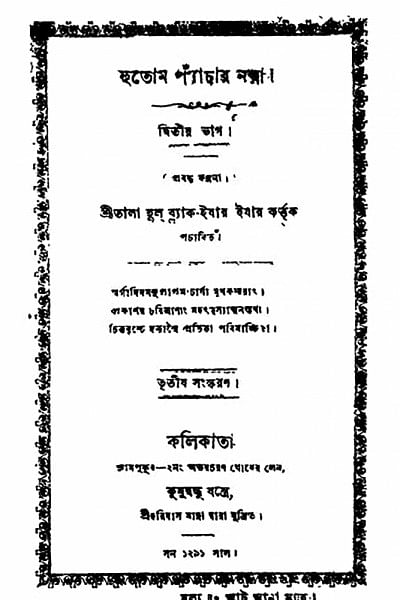
One Khan Sahib Abdul Wali Khan wrote in the Journal of the Asiatic Society of Bengal in 1925 that "Muhammedan gentry of Bengal wrote Persian and spoke Hindustani." However, a Bengali-speaking and Bengali-writing Muslim Bengali elite arose in the same century to distance themselves from the die-hard Urdu speakers. The language of the so-called Punthi Literature was also brought into the fray, which complicated the issue. Scholars agree, however, that punthi-Bangla was not a natural language of any community but a pidginized form of Hindi, Urdu (a carrier of Arabic and Persian words), and Bangla, specially created to entertain a mixed linguistic audience in urban locations. Although a few Bengali intellectuals proposed it as a model for a new Pakistani Bangla, their prescription received a rather cold response.
The last connected mini-narrative relates to some conservative Brahmin scholar's objection to the use of Perso-Arabic words in written Bangla prose. Now that prose was introduced in the language, the very first attempts at writing it showed two divergent styles: one, the highly Sanskritized diction of Mrityunjay Vidyalankar (c. 1762-1819) continued through Vidyasagar and others, and the saucy and popular style of Ram Ram Basu (1751-1813) that sporadically cropped up in works of Bhabani Charan Banerjee (1787-1848), Pary Chand Mitra, Kaliprasanna etc., particularly in the so-called naksha (sketches) literature. This probably led some to fear that the "pure" Bangla prose was being "contaminated" with Perso-Arabic elements, and Bangla should be rid of them. Haraprasad Shastri himself came forward to show the absurdity of the claim and predicted rightly that such an attempt was not going to succeed.
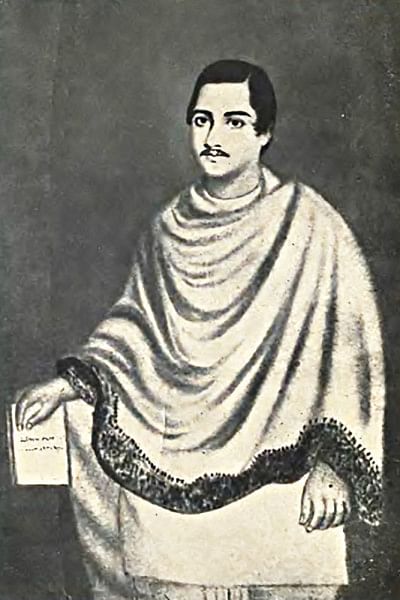
Bankim Chandra Chatterjee, then the reigning authority of Bengali literature, finally took up the role of the final arbitrator and, in his famous article Bangala Bhasha, ruled in 1878 that one's subject and intention would determine one's vocabulary and style. No word, be it Arabic, Persian, rustic, bucolic--would be rejected if it served the author's purpose rightly. Bankim's favourite word was saralata, (simplicity). One's style should communicate easily to the reader. Beauty comes next. In his Sahaj Rachana Siksha (1892?), he recommends ishtehar in preference to bijnapan. In his English article Bengali Literature, he decries the "dull, pompous array of high-sounding Sanskrit words" of Sanskrit College authors, not excluding that of Vidyasagar. Here one wishes that he should have taken into account other various styles of Bengali in which Vidyasagar wrote before dismissing him so glibly.
Standard Colloquial vs. Chaste or Sadhu Bengali
Continuing with the discussion of Bengali literature, we should also mention another micro-narrative that concerned Shyamacharan Ganguli (1838-1928)'s prescription of using Standard Colloquial Bangla in children's texts as well as in written literature, as outlined in his famous article 'Bengali, Spoken and Written,' published in the Calcutta Review in October 1877. Bankim, in the very same article noted above, did not approve of this approach, saying that Ganguli had gone too far without specifying what he disagreed with. As we all know, the acceptance of Standard Colloquial Bangla as a literary vehicle would be delayed for several more decades. It first appeared in comical and children's literature, and although Pramatha Chaudhuri (1868-1946) and Tagore paraded its power in Sabuj Patra from 1914, it had to wait another half-century for widespread general acceptance until Anandabazar Patrika began using it on 22 March 1966.
However, even in the 1840s, it became evident that highly Sanskritized prose was not the only face of Sadhu Bangla. As the century came to a close, this prose was also coming closer to the spoken standard, except for the verbs, pronouns, and some other word categories.
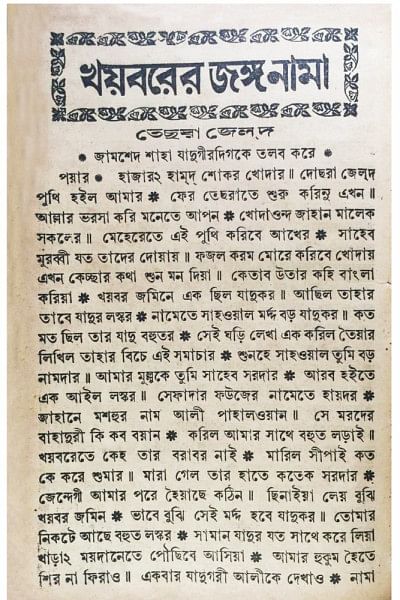
Bangla vs. English: Love, Servility, Caution and Dismay
In this century, the major conflict was between Bangla and English, although it began with a sense of accommodation to the latter. The new imperialist rulers did not want to impose their language on the subjects right away, as Bengalis themselves were keen to learn the King's language, as that was a gateway to government jobs and a means of business transactions, apart from the prestige that goes with its acquisition. Several English schools mushroomed in Calcutta and its vicinities, where middle-class (mostly) Hindu Bengalis thronged to learn the language. Many informal institutions for teaching English also cropped up, where just English vocabulary was drilled with their Bangla synonyms, in rhymed verses. An example of this was given by Raj Narain Bose (1826-1899):
"Pumpkin laukumro, ploughman chasha, Brinjal bartaku, cucumber shosha."
This gave rise to a kind of Bangla-English pidgin, examples of which abound in contemporary Bangla literature. If, however, a pidgin means an attempt at linguistic harmony, the honeymoon was threatened at another level. The emerging middle-class elites of Bengal, quite eager in embracing English and Western education, were not generally ready to sacrifice their own language, as many communities under imperial onslaught in other colonies had done. Many of the latter had no scripts or written literature and succumbed easily under colonizer's languages (attributed as 'killing languages') like English, Spanish, French, etc. But most of the major South Asian languages like Bangla had a long and rich written literature of their own, with reasonable pride in them. So, their love for their mother tongue was reinforced with their learning of English, as they became more acutely conscious of their glorious past.
The support these native languages received from the Portuguese Catholic and English Protestant missionaries, as from some ruling and legal authorities like Warren Hastings, William Bentinck, and William Jones, was also notable. The last two had the first Bangla grammar in English published in 1778, the one written by Nathaniel Brassy Halhed (1751-1830). So, the earliest and foremost Bengali elite of the Century, Rammohan Ray (1772-1833), published some Upanishads translated into Bangla, and, in its preface, instructed the readers how to read his early attempts at writing the new Bangla prose, with its long and scrambled sentences. Rammohan himself published a Bangla grammar in English in 1826, to translate it later (1833) in Bangla.
One assumes that a part of the Bengali elite began feeling that Bangla was under threat of extinction, as it was being neglected by the 'Young Bengal' who were educated at Hindu College. Reputedly, their favoured motto was somewhat like 'Speak English, read English, write English, and, if possible, dream in English!' Bengalis began writing in English as well. This, of course, led to a neglect of their mother tongue, Bangla. The threat was more pronounced after 1835 when the English aristocrat Thomas Babington Macaulay (1800-1859) in his Minutes recommended English as the language of administration and education for the Indian empire.
So, the Bengali defense mechanism began working in several directions. Some members of the elite often asserted their Bengali-ness, although they were not averse to other languages. Rammohan was one. Debendranath Tagore was another who refused to reply to a son-in-law's letter written in English. Poets like Ishwar Chandra Gupta wrote cautioning against the neglect of Bengali in his poem "Matribhasha". Bengalis began publishing newspapers, books, and periodicals in Bangla in profusion, and Bangla plays were written and staged. A huge and eventually glorious literature in the language was in the making with the jealous participation of men like Ishwar Chandra Vidyasagar (1820-1891), Michael Madhusudan Dutta (1824-1873), Pyari Chand Mitra, Bankim Chandra Chatterjee (1838-1894), and more. Madhusudan and Bankimchandra represent two typical cultural models of that age: both began writing in English to begin with but reverted back to Bangla in good time to become icons of the literature of the century. One is tempted to translate not only Dutta's candid confession, "In due time, I discovered the gem-filled mine of my mother tongue", but also his hugely satirical dialogues from his Ekei ki bole Sabhyata (1859) in which a Bengali young man declares the imposing of English over that of Bangla. In that play, some wayward sons of the Bengali nouveau riche gather in a prostitute's house, where one of them, Kali, tells Naba, the leader, that he was a liar. Naba gets furious and threatens that he'll shoot Kali for the insult (He had nothing to shoot with though). Others hold him from attacking Kali, saying that friends should not be at each other over such a 'trifling' matter. Naba does not stop fulminating: 'Did you say calling one a liar is 'trifling'? Why didn't he call me mithyabadi in Bangla? No son-of-a-bitch would have taken offense then!'
Of course, the problem ran deeper than being an object of mere bantering. Bankim Chandra wrote about it in his first editorial of Bangadarshan, his own journal: "The English-educated Babu does not feel for the unschooled Bengali." There, in fact, arose a yawning divide between the two classes, the (English)-educated and that of those who were not. The dominance of English in education kept the literacy rate of the country for the century restricted within four in a hundred.
Conclusion
As we can determine from history, apart from the 'genetic' and 'environmental' multilingualism that we find in South Asia and elsewhere, colonial situations of various kinds also impose multilingualism on a society. The features 'foreign', 'native' etc. of a language often combine with other features like 'language of the ruler', 'language of the subject', 'developed', 'underdeveloped' and several others. From such combinations, a power hierarchy arises, which ultimately leads to conflicts and controversies. Only in the last few decades has there been a keen awareness of the survival and other rights of a language, no matter how small or 'underdeveloped' it may be, with UNESCO initiating a movement towards linguistic democracy. The International Mother Language Day, instituted in the memory of the glorious language movement of Bangladesh (then East Pakistan), is, we hope, going to play a big role in this movement.
Pabitra Sarkar in an Author and former Vice Chancellor of Rabindra Bharati University, Kolkata.

 For all latest news, follow The Daily Star's Google News channel.
For all latest news, follow The Daily Star's Google News channel. 


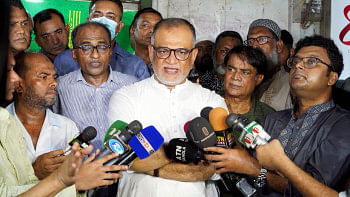
Comments